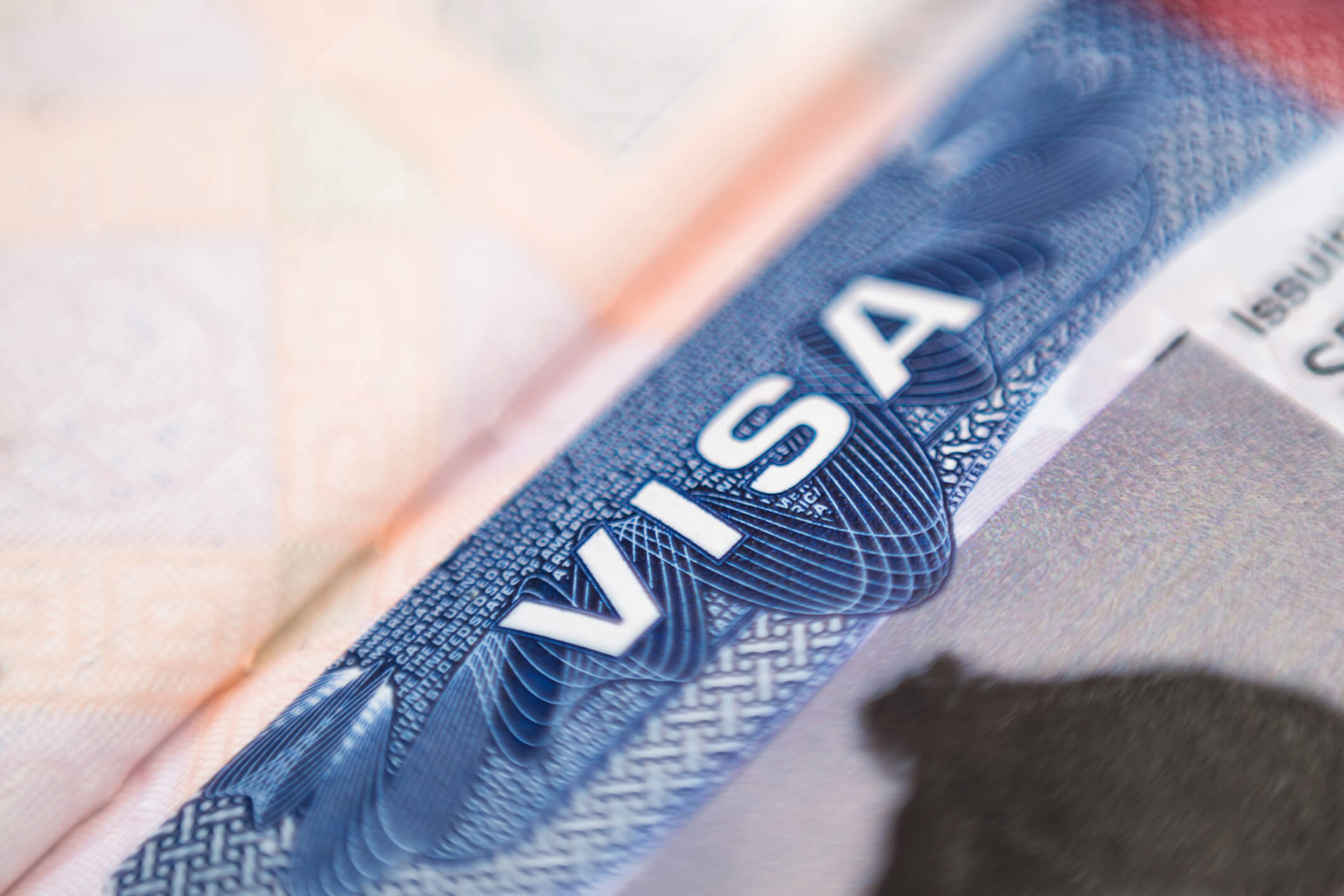In his recent State of the Union address, President Obama made clear that he would veto efforts by the Republican-controlled Congress to undo some of the work that the administration has advanced on a number of pivotal issues. One issue that President Obama referenced by name was immigration. Specifically, the president suggested that he would defend his recent executive action on immigration, vowing that any effort to refight “past battles” would earn his veto.
With the implications from that pronouncement still fresh, now is a good time to revisit one of the features of President Obama’s executive action that has long been of keen interest to the business community, the extension of work authorization through the issuance of an Employment Authorization Document (EAD) to the spouses of H-1B visa holders. The proposed rule on “Employment Authorization for Certain H-4 Dependent Spouses” was published in the Federal Register on May 12, 2014. The official comment period for the proposed rule ended in July 2014, leaving expectations high that the final rule would be issued near the beginning of 2015. Jeh Charles Johnson, Secretary of the U.S. Department of Homeland Security (DHS), reinforced this expectation in a November 20, 2014 memorandum, in which he stated that U.S. Citizenship and Immigration Services (USCIS) was “about to publish the final rule.”
Who Will Be Affected
The proposed rule is intended to alleviate some of the personal and economic hardship experienced by the families of H-1B nonimmigrants and, in so doing, to indirectly aid employers hoping to retain their highly skilled workers during the H-1B employee’s often lengthy wait to acquire a green card—a process that can take years. Under the current rules, immediate family members of an H-1B visa holder are not eligible to work in the United States. The H-4 is a category of nonimmigrant visa issued to the spouses of H-1B visa holders or to their children who are under 21 years of age. Their inability to work can place an obvious strain on the family.
While the final rule has not yet been published, the outlines of the pending regulatory action have been public for a while. Barring any major shift precipitated by comments received on the proposed rule, the new policy is expected to focus specifically on H-4 visa holders whose H-1B spouse is already in the process of applying for a green card either by: (1) having received an approved Form I-140, Immigrant Petition for Alien Worker, or (2) having been granted an extension beyond their initial six-year H-1B period under the terms of the American Competitiveness in the Twenty-first Century Act of 2000 (AC21).
Under sections 106(a) and (b) of AC21, an H-1B visa holder may qualify for such an extension if, prior to reaching the end of the sixth year, he or she has a labor certification application or an employment-based immigrant petition that has been pending for at least 365 days. In other words, if the H-1B visa holder and his or her family have overcome the initial hurdles to obtain a green card, but are stuck in a backlog that is delaying their ability to complete an adjustment of status, the new rule would provide a bridge during which time the H-4 spouse could earn an income.
Anticipated Number of Applicants and Costs
The estimates provided by DHS in the proposed rule place the total number of H-4 applicants for the soon-to-be-available EAD at a maximum of 100,600 for the first year, with more than 35,000 potential new applicants added to those numbers in subsequent years. Each of these applicants would need to file a Form I-765 Application for Employment Authorization. The current I-765 filing fee is $380 per person, but associated costs related to obtaining the necessary passport-style photos to accompany the application and other opportunity costs from the time devoted to the application’s preparation could push the total actual cost to more than $400.
Apart from general eligibility requirements, there has been no indication that the total number of applicants permitted under the new rule would be subject to an annual cap.
Next Steps
As with other USCIS rules, specific guidance on the eligibility and application requirements for H-4 spouses who hope to obtain an EAD will be included in the final rule when it is published in the Federal Register. USCIS will likely issue a statement with relevant details to accompany the final rule’s official release.
Ogletree Deakins is continuing to monitor developments in this area, and will provide updates on the final rule and any procedural considerations as more information becomes available.
Alternatives
H-4 dependent spouses who do not wish to pursue an EAD under the new rule may still have other paths toward work authorization if they can independently qualify under another nonimmigrant visa category. For example, H-4 spouses with the necessary qualifications and an interested employer may obtain their own H-1B or O-1 nonimmigrant visa. Since these paths would have their own risks, costs, and waiting times, the new rule will probably be the preferred path to follow in most cases where the goal is simply to obtain work authorization.



